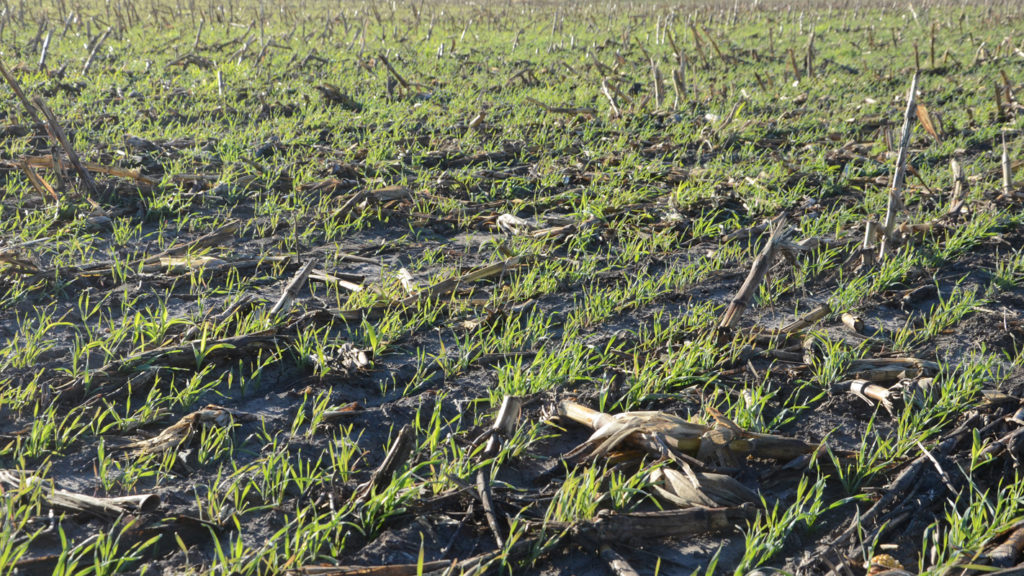It needs to be approached carefully to understand different approaches, which are used by many who are working in the soil carbon discipline.
Prior to implementing a soil-sampling protocol for determining potential SOC sequestration that involves different management practices and cropping systems, it is essential to evaluate the field carefully.
Also, understanding the history of the field, such as manure application, other organic amendments and chemicals such as lime applications, is critical to be accounted for in the carbon quantification and development of a pretreatment carbon baseline.
There are two different approaches that have been used to establish a baseline to determine SOC gain by implementing certain conservation practices, such as no-till, cover crops, prairie strips, etc.
However, when both no-till and conventional tillage were compared to a pretreatment baseline SOC, the result showed that no-till retained only 87% of its SOC, while conventional tillage lost 30% of its carbon during the 20-year study — which means the conventional tillage was still losing significant carbon and did not reach stable status.
It suggests that the pair comparison method is overestimating, since the conventional tillage treatment was still losing SOC at a greater rate, and it is not at a steady or stable state during the 20-year experiment.
